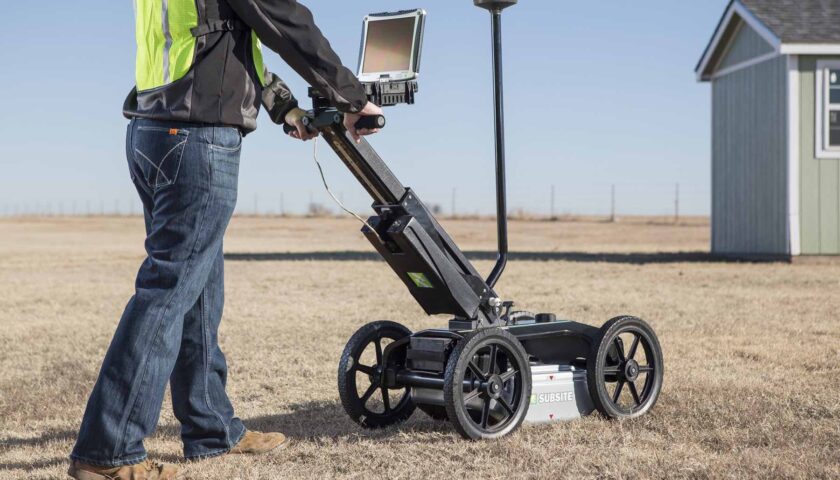Introduction to Conference Table Design
In the world of business, conferences are pivotal events that shape the future of companies, foster innovation, and facilitate collaboration among professionals. The conference table, often the centerpiece of these gatherings, plays a crucial role in creating an environment conducive to productivity, creativity, and effective communication. As design trends continue to evolve, conference table design has also undergone significant transformations. This article explores the innovations in conference table design, highlighting the interplay between functionality and aesthetics, and the impact it has on modern business settings.
The Historical Evolution of Conference Tables
To fully appreciate the innovations in conference table design, it’s essential to understand the historical context. Conference tables have come a long way from their humble origins. In the early 20th century, they were utilitarian pieces, typically made of wood or metal, with a primary focus on function rather than form. These tables were often large, rectangular, and lacked any decorative elements.
Over time, the design of conference tables began to shift. In the mid-20th century, the modernist movement brought about significant changes in design philosophy. Tables became more streamlined, with an emphasis on clean lines and minimalism. Iconic designers like Charles and Ray Eames contributed to this shift with their use of innovative materials like molded plywood and fiberglass, pushing the boundaries of what conference tables could look like.
The Contemporary Conference Table: A Marriage of Form and Function
Today, conference tables are a testament to the harmonious blend of form and function. With advancements in materials, technology, and design principles, modern conference tables have evolved to accommodate the ever-changing needs of the business world.
Ergonomics and Comfort
The importance of ergonomics in conference table design cannot be overstated. Ergonomically designed tables are comfortable and accommodate the natural movements of the body, which is essential for long meetings and brainstorming sessions. Height-adjustable tables, ergonomic seating, and integrated cable management systems are all elements that contribute to a more comfortable and efficient conference room.
Connectivity and Technology Integration
In the digital age, connectivity and technology integration have become paramount in conference table design. Tables now feature built-in power outlets, USB ports, and wireless charging capabilities, ensuring that devices remain charged and accessible during meetings. Many conference tables are equipped with integrated screens, allowing for seamless presentations and video conferencing. This integration of technology not only enhances productivity but also provides a contemporary and sleek look.
Material Innovation
Conference table materials have evolved significantly over the years. While wood and metal are still popular choices, innovative materials such as glass, acrylic, and composites have gained prominence. These materials offer not only aesthetic appeal but also durability and easy maintenance. For example, glass conference tables create an illusion of more space and light, making the room feel larger and more inviting.
Innovative Approaches to Conference Table Design
Several innovative approaches to conference table design have emerged, pushing the boundaries of what a conference table can be:
Biophilic Design
Biophilic design principles incorporate natural elements into the conference room, creating a more inviting and inspiring environment. Conference tables with live-edge wooden tops, built-in planters, or even tables constructed from reclaimed wood are all part of this trend. These designs connect people with nature, helping reduce stress and enhance creativity during meetings.
Modular and Flexible Furniture
Modular conference tables and furniture systems offer flexibility in configuration, allowing companies to adapt their spaces to different meeting needs. These designs often feature quick and easy reconfiguration options, making it possible to switch between boardroom-style meetings, training sessions, and collaborative workspaces effortlessly.
The Impact of Innovative Conference Table Design
The innovations in conference table design have a profound impact on modern business settings. They contribute to a more productive, collaborative, and inspiring environment, which, in turn, influences the success of organizations in various ways.
Enhanced Productivity
Ergonomically designed conference tables, integrated technology, and comfortable seating contribute to enhanced productivity during meetings. Meetings become more efficient, with quick access to necessary resources and information. The inviting and inspiring design of the conference room can also boost creativity and problem-solving.
Improved Collaboration
The variety of shapes and configurations available in modern conference table design fosters improved collaboration among participants. Whether in a circular setting or a modular layout, these designs encourage face-to-face communication, making it easier for team members to work together, share ideas, and brainstorm effectively.
Conclusion
The evolution of conference table design reflects the changing needs and values of modern businesses. Functionality and aesthetics have merged to create innovative, adaptable, and inspiring conference tables. These tables are not just places for meetings; they are the heart of collaboration, creativity, and brand identity within organizations. The impact of these innovations extends far beyond the physical design of a table, shaping the culture and success of businesses in a rapidly evolving world.





